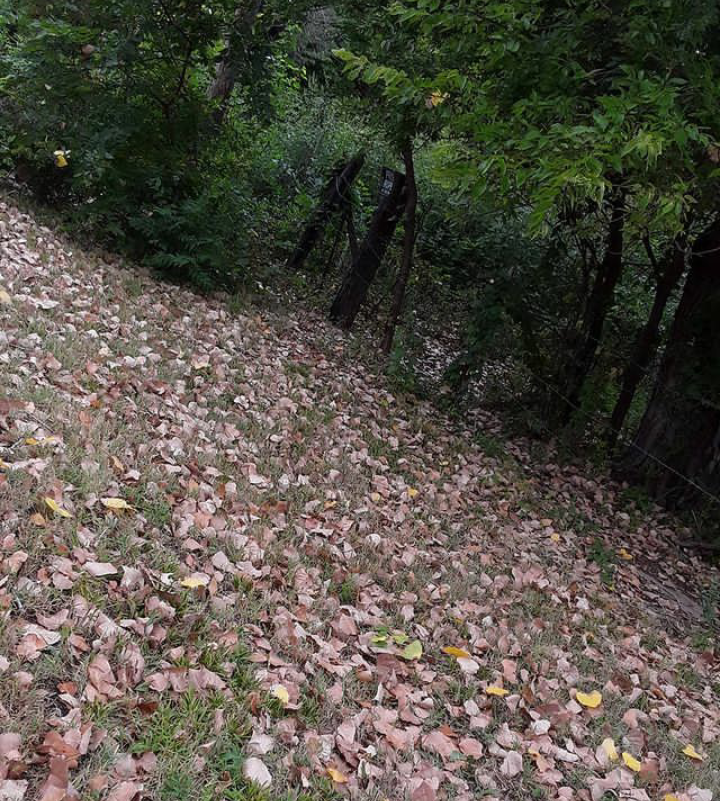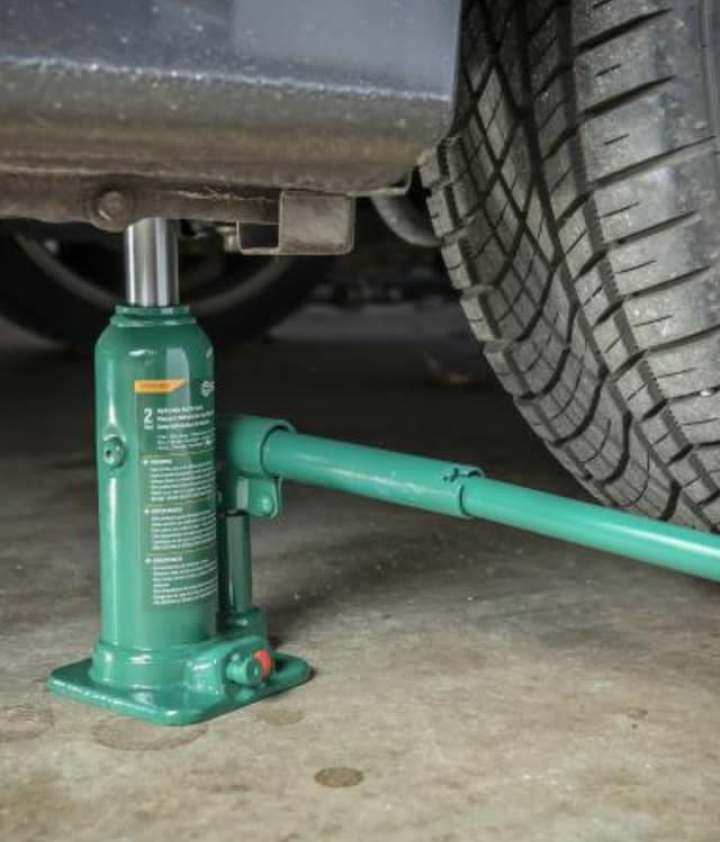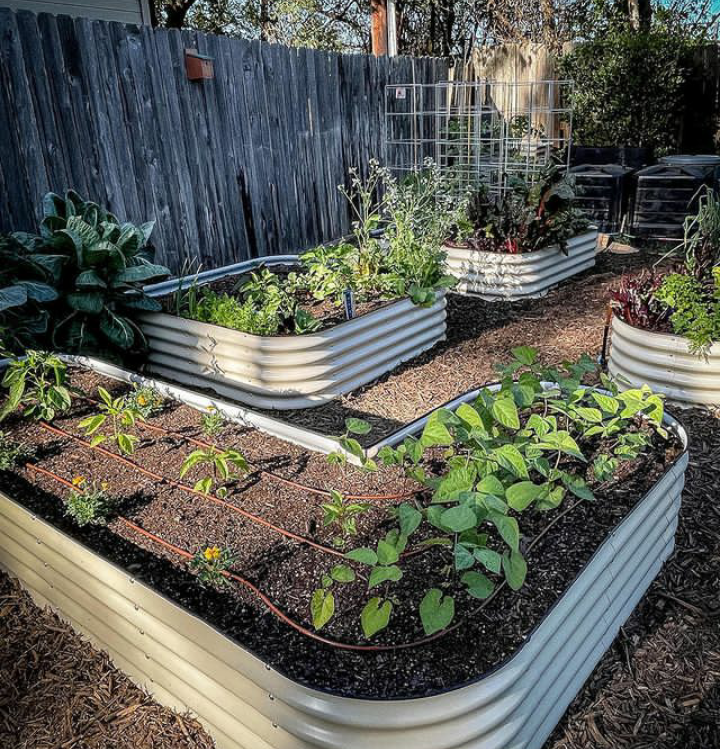How should damp leaves be burned?

Many of us prefer to burn the fallen leaves because it appears to be the simplest solution. When it comes to burning leaves, though, experts have a different opinion. Humans make mistakes, and always following safety procedures when burning damp leaves is not our cup of tea.
If something goes wrong, burning damp leaves might cause a slew of issues. Still, if you wish to take the risk, you must first practice safety precautions. I’ve created a guideline that will help you do things securely.
In addition, I’ve included some alternatives for wet leaf burning that you might find useful. Let us descend and learn more about it.
How do you safely burn damp leaves?
It is dangerous to burn moist leaves. However, you must do it for your fall cleanup or for any other cause. Specific safety procedures must be followed when doing something with a high risk potential.
Location of safety:
The area selected for burning wet leaves should not cross utility wires or buildings. The recommended margin for the burning space is 50 feet, although more is desirable. If you can’t find a safe distance, it’s best to burn the damp leaves in a barrel.
Choose a smaller pile: For safety reasons, it is preferable to burn a smaller pile rather than a large one all at once. If things get out of hand, a larger fire is more difficult to extinguish. Take your time and burn them in little pits for your own safety.
Choose a day when there will be no winds to burn your wet leaves.Winds can aggravate the fire and spread it farther. Furthermore, attempt to burn the leaves on a clear day to help dissipate the smoke readily.
How might burn damp leave harm your health?
Wet leaves are more dangerous to burn than dry leaves. When wet leaves burn, they produce more smoke than dry leaves. The slow burning of the leaves is the primary cause.
It emits hydrocarbon compounds during the combustion process. If you get too close to the flaming pit, your eyes, nose, throat, and lungs will become irritated.
Moisture and solid particles trapped on wet leaves can be burned and enter your lung tissue. This can result in coughing, chest pain, shortness of breath, and a variety of other health problems.
When burning damp leaves, it is therefore preferable for you to wear a mask. Try to keep as far away from the smoke as possible.
The impact of burning damp leaves on the environment
We all live in an ecosystem that was not designed to be disrupted. When we attempt to perform something we are not designed to do, we will encounter difficulties.
Many hazardous substances are released into the environment when damp leaves are burned. When leaves burn, chemicals such as carbon monoxide, nitrogen oxide, and hydrocarbons are emitted.
These compounds are hazardous to the ozone layer’s initial layer. It can have a negative impact on your daily ecosystem and cause issues for wildlife and the food chain.
In the United States, there are no federal regulations prohibiting the burning of wet leaves. However, you should attempt to avoid burning damp or dry leaves as much as possible.
Why is it that burning damp leaves is typically regarded as dangerous?
Burning damp leaves can cause toxic chemicals to be released into the environment and your body. Furthermore, if you are negligent, it can lead to fire concerns. Carbon monoxide, which is created when moist leaves burn, may be the cause of low hemoglobin levels in your blood as well as shortness of breath.
It is also thought to be the cause of cancer in humans and other animals. Animal ecosystems can also be affected by burning moist leaves. As a result, burning damp leaves is typically discouraged and regarded as unsafe due to the poor health and environmental consequences.
Alternatives to Burning Wet Leaves
Burning damp leaves is not the only option. They will better serve you than the burning technique and will be easier and more beneficial to your cause. Let’s take a look at them.
Pick-up Service
If you live in a municipality, there is a chance that they will pick up your leaves for you. During the fall, you can contact them and request the service. If you can’t find one, look for another company that offers the same service.
Produce Fertilizer
If you can’t find a pickup service, you can use fertiliser instead. You can compost damp leaves and other materials by mulching them. You can plant them on your lawn to grow flowers or anything else you like.
FAQS
Is it feasible to burn damp leaves more quickly?
Answer: Wet leaves burn more slowly than dry leaves, which may irritate some of you. Place the entire mound of damp leaves around the fire. It will be beneficial to blow new heaps after finishing one at a faster rate. It will save you time, and burning moist leaves will be more efficient.
Is it possible for wet leaves to catch fire naturally?
Answer: Yes, it is possible. The leaves might become hot if there is rain and it is warm outside. It has the potential to catch fire and endanger your family and neighbors. As a result, you should recycle them as quickly as possible.
Is it legal in the United States to burn damp leaves?
Answer: In the United States, there is no federal statute prohibiting the burning of wet leaves. When it comes to fall leaves, however, it is advised to consider alternatives. It will be a better choice for your health and the environment. Check with your local authorities to see if burning wet leaves is permitted in your area before starting a fire.
Conclusion
Fallen leaves are often an annoyance in your area. The best option would be to burn damp leaves instead and be safe.
Look into the services offered by your municipality for clearing up fallen, wet leaves. If burning wet leaves is the only option, you must be familiar with all of the work’s safety procedures.
Description Meta
Burning wet leaves can come to an end at any time. Alternatives must be provided to counteract them. Still, if you want to continue, you must understand the safety procedure.


